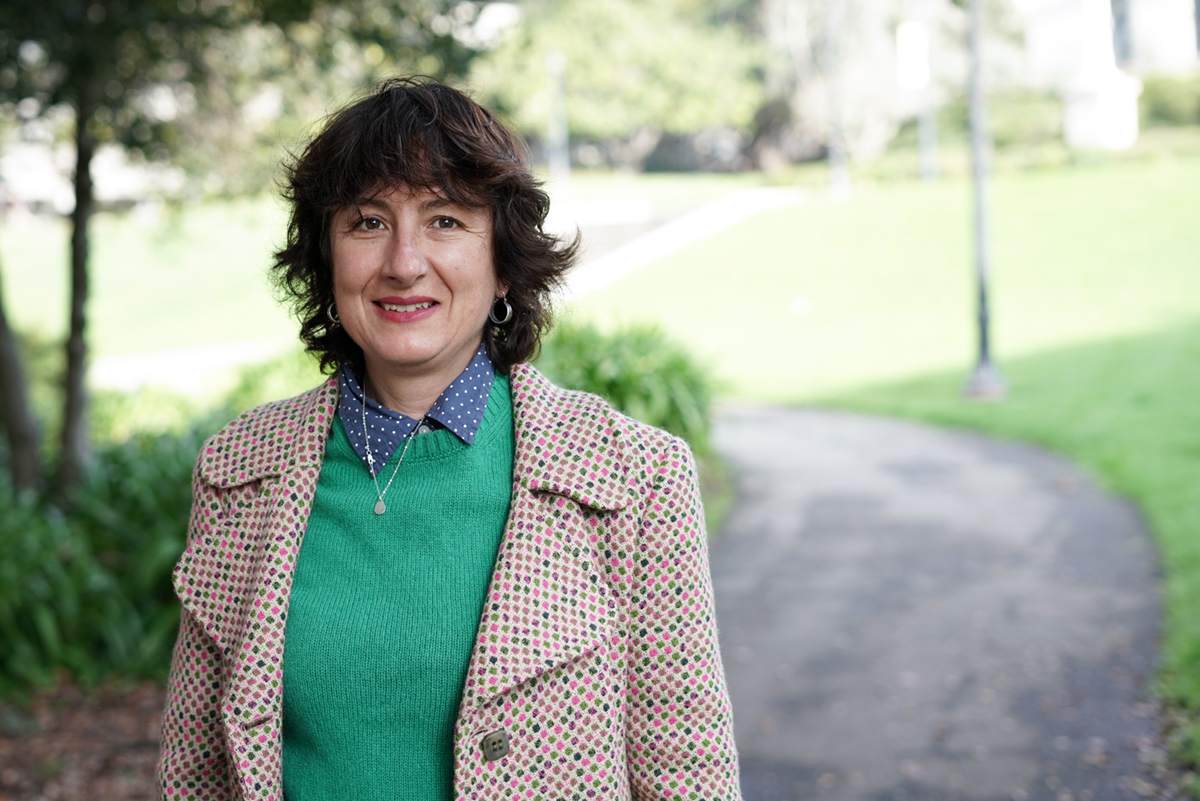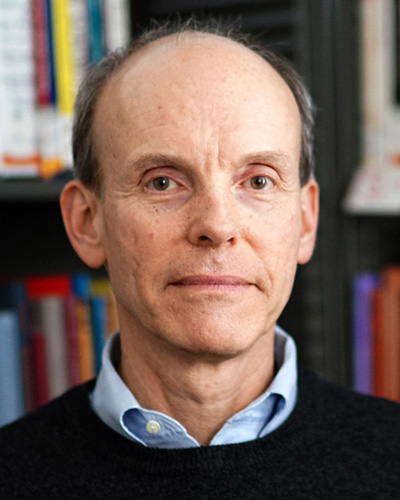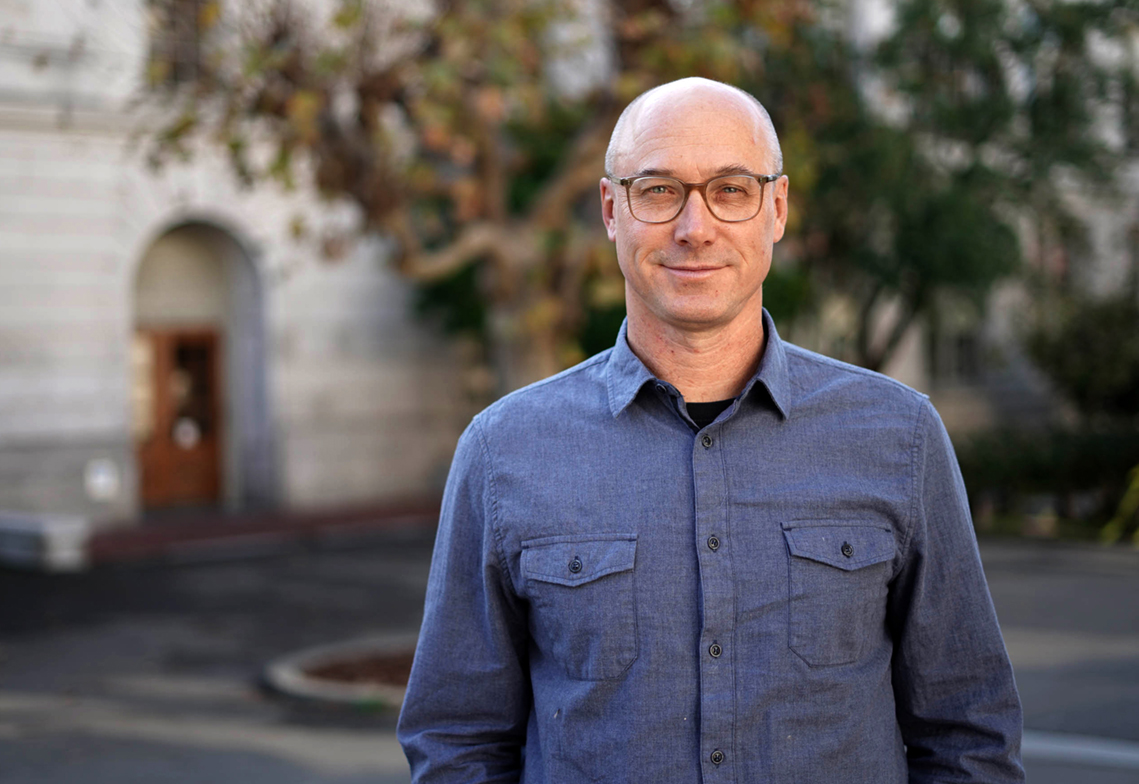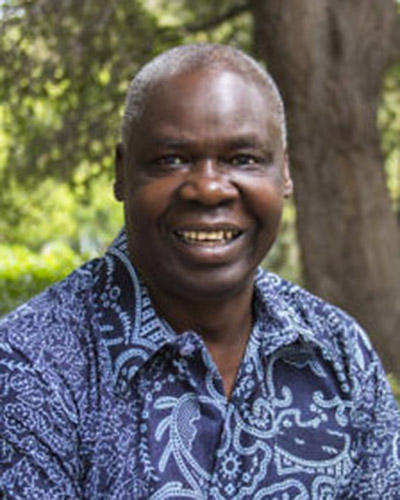
Ana-Belén Redondo-Campillos traces her love of languages back to childhood.
Redondo-Campillos, who grew up under the fascist dictatorship of Gen. Francisco Franco, remembers a time when the Catalan language was under threat. Across Catalonia — in northeastern Spain, where she spent her early years — it was banished from the classroom.
“Spanish was a language that was imposed by the regime,” said Redondo-Campillos, who was raised by non-Catalan parents and grew up speaking Spanish, or Castilian, as it’s more commonly called in Europe. Meanwhile, others continued to speak Catalan at home: “So language was sort of like a resistance symbol,” she said.
After Franco’s dictatorship ended, when Redondo-Campillos was around the age of 8, Catalan was introduced at her school. “At that point, I was conscious of what it was like having another language,” she said. “And I loved it.”
The passion that started as a child blossomed into a lifetime pursuit of learning and teaching languages. (In addition to Spanish, Catalan, and English, she speaks Italian, French, and Arabic. At Berkeley, she teaches Catalan and Spanish.)
That appreciation for languages is front and center in a new exhibit, called The Languages of Berkeley, with Redondo-Campillos among its dozens of contributors. With a display at the Free Speech Movement Café and new installments online each week, the exhibit celebrates Berkeley’s legacy of research, teaching, and learning in a breadth of foreign languages, from Chinese to Chichewa, Spanish to Sanskrit.
‘Not just a numbers game’
Foreign languages are woven into the fabric of UC Berkeley: They’re embedded in the materials in the Library and are overheard across campus, from the labyrinthine corridors of Dwinelle to the sun-baked steps of Sproul Hall.

At many universities, programs live and die by the numbers. A foreign language program’s survival can depend on enrollment statistics.
But at Berkeley, that’s not necessarily the case, said Richard Kern, director of the Berkeley Language Center and a professor in the Department of French. (Kern’s entry in The Languages of Berkeley exhibit focuses on the importance of teaching and learning foreign languages amid the decline of language programs nationwide — and how Berkeley is bucking that trend.)
“We are very fortunate to have an administration that has the wisdom to see that languages are super important, and it’s not just a numbers game,” Kern said. “Because you’re never going to have huge numbers in Khmer or Tibetan or Danish. But those are important languages to have.”
Berkeley has more than a dozen departments that offer instruction in foreign languages, with many others — including anthropology, history, philosophy, and comparative literature — relying heavily on non-English language materials.
At the UC Berkeley Library, over a third of the more than 13 million volumes in its collections are in languages other than English. (The Library, in fact, holds materials in more than 400 languages.) The Library also has a team of librarians with regional and language expertise, collecting and providing access to materials in languages used far and wide.

One by one, The Languages of Berkeley online exhibit explores the 60 or so languages, both ancient and modern, taught at Berkeley, along with a handful of others, represented in the Library’s collections. Each installment hones in on a digitized work in a specific language, from the perspective of someone — a faculty or staff member, librarian, or student — who has worked with that language intimately.
In her entry, Redondo-Campillos writes about Catalan — the language she was introduced to as a child — which is spoken in Catalonia, Valencia, the Balearic Islands, Andorra, the Sardinian city of Alghero, and some parts of France. She focuses on the seminal 1905 work Solitut, by Víctor Català (the pen name of Caterina Albert i Paradís), which follows a character who, like the novelist herself, transgresses the norms of a patriarchal society. The Library holds several copies of the work in its collections.
The importance of building and maintaining foreign language collections cannot be overstated, especially at a research library like UC Berkeley’s, said Claude Potts, the Library’s romance languages librarian, who conceived of and created The Languages of Berkeley exhibit. A research library should collect materials that shine a light on a subject from many vantage points. And doing that means collecting in a broad range of languages, he said.
“From my perspective, a research librarian is blind to language,” Potts said. “A research library collects from every perspective on a subject in order to better understand the discipline and the subject. And that's what Berkeley has done forever, and this is what makes Berkeley unique.”
A deeper understanding
Sam Mchombo, who teaches Chichewa and Swahili at Berkeley, has seen the power of language firsthand.
For three years starting in 2011, Mchombo traveled to Kenya with his summer session students, teaching a course on language and social issues in Africa.

Returning to Kenya in 2012, Mchombo had a simple request of his students.
“I think it’s a disservice if I cannot at least get you to be able to say, ‘Hello, how are you?’” he recalled telling them. “So the first hour of the day and the final hour of the day, you guys will do Swahili.”
Soon enough, he noticed that the dynamics started to shift. Students began to greet the locals, and interactions became two-sided. Within a week, Mchombo was complimented on how friendly his students were.
“What it boils down to is, much as other people in the rest of the world are able to use English — and they try to — it always makes a difference when you also try to meet them on their turf, on their ground,” he said.
You need not look too far to find more examples of languages being used to build connections. In the presidential debates, for example, candidates have addressed audiences in Spanish, an attempt to appeal to Latino voters. People may have criticized former presidential hopeful Julián Castro, who isn’t a native Spanish speaker, for not conjugating his verbs correctly, but they would be missing the point, said Kern, the director of the Berkeley Language Center.
“They’re looking at this as, ‘Well, if he can’t say it right, he should keep his mouth shut,’” he said. “The point is, he’s trying to be inclusive and to reach out to those Latino voters that are hugely important.”
To Kern, language can serve as a bridge between cultures and people, especially in this age of division.
“It’s very difficult to develop empathy for people who you know nothing about,” he said. “And as soon as you start studying the language of a people, and you start understanding something about their culture and the way they live and the way they speak and the way they think, it makes a huge difference.”